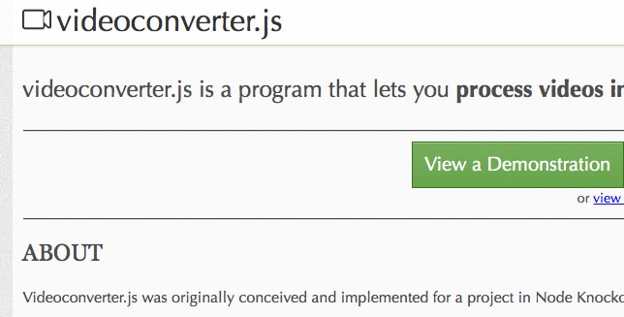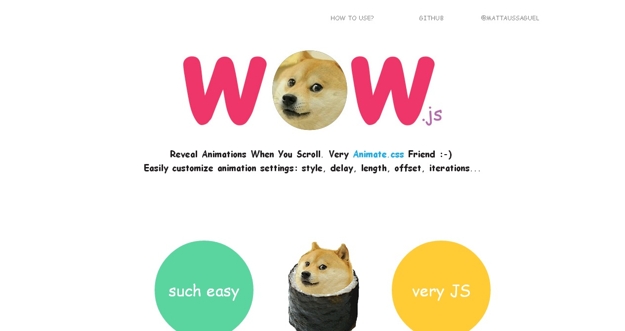When it comes to a mobile app development, the IT team behind it must go into it with a strong plan in hand. They must know which tools and types of apps will deliver the best results for the development of an app. They will also need to learn the best possible management of the time and resources.
These are some of the most critical decisions that organizations need to take while building an app. Before beginning the development process, make sure the app owners are deciding on the needs of users and then the type of app should be developed and deployed. They also need to decide on whether the app will run on Apple iOS devices, Google Android devices or on both. Apart from this, they also need to decide whether the app will be built using native development technologies or with the use of hybrid technologies.
Many mobile apps are now using MBaaS which stands for mobile backend as a service. This is the ready-made infrastructure for a variety of types of mobile applications. The MBaaS technology helps developers decoupling the front-end development from the back-end systems.
With an effective MBaaS at the place, apps have support for them throughout their lifecycle as well as they can be integrated with other systems along with managing the security and synchronization. But make sure that the MBaaS can be integrated with existing systems and, it supports the operation workflow without causing interference to desktop and mobile application management.
As mentioned above, choosing a mobile app development method among the native, web and, hybrid technologies is one of the most important considerations. When built with native technologies, app developers can take the advantages of devices’ in built features.
Also, it’s costlier to build native apps because developers will need to create different versions of the same app for different platforms.
There is not much effort required to build a web app. It’s as simple as building a website. Because these apps will be accessed via browsers, they would basically be a website optimized and customized for mobile screens. Developers use HTML5, CSS and, JavaScript web technologies to design and develop web applications.
The hybrid apps are somewhere between both native apps and web apps. These apps are basically the web apps, but they can be installed in devices natively and made available on official app stores like Google Play and App Store.
The front-end part of a hybrid app is a shell made using platform the specific native mobile app development technology. This shell can be designed separately for a separate platform. The other part is the web part which is like a website opening inside the shell. In this way, a single code base can support the multiple shells as the single website can be opened in different computers whether running Windows in core or Mac.
The main advantage of creating a hybrid app is that app owners do not need to make big investments as they need to do in the native mobile application development. The key part of the app is created using the web technologies.
Testing and implementing of the app is also a part of the overall process. IT teams have to invest their time and money in these two things, too.





